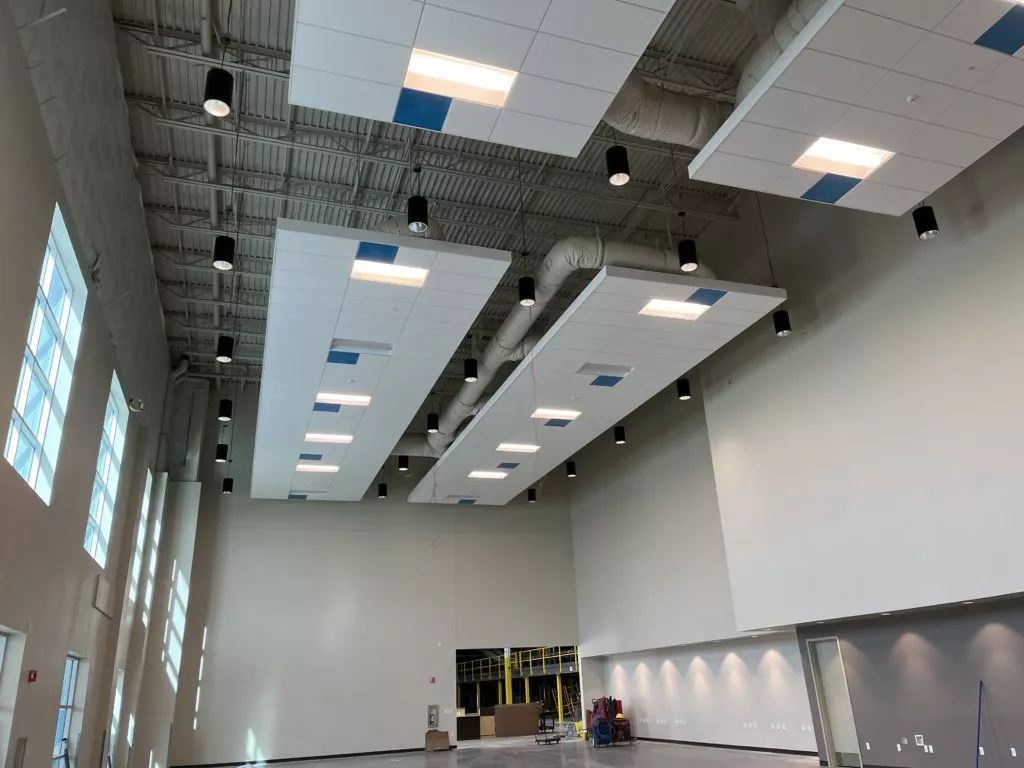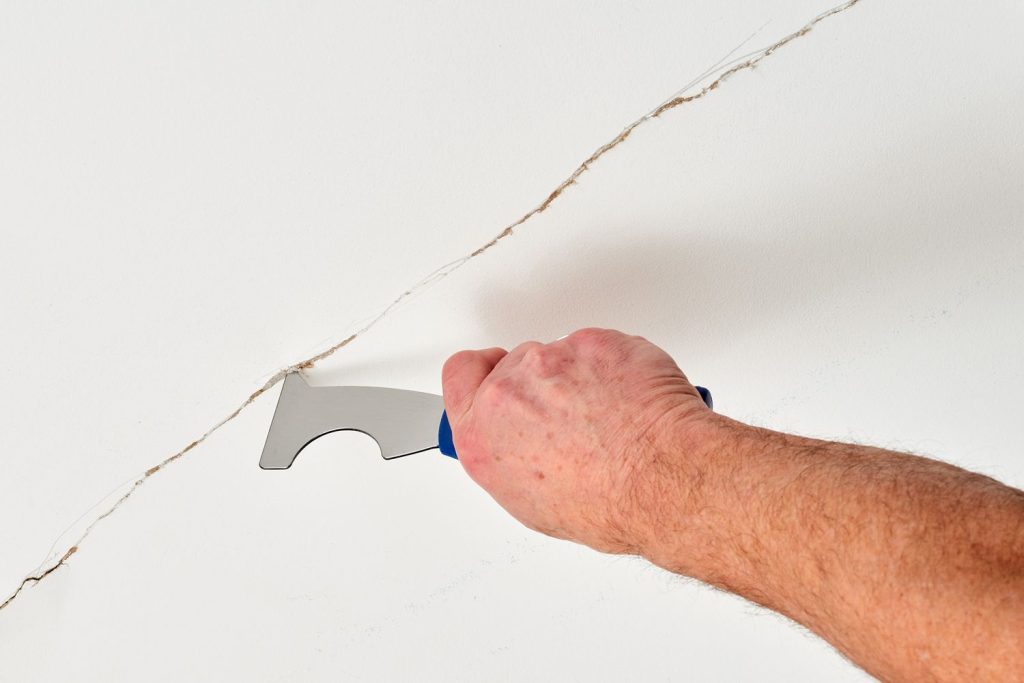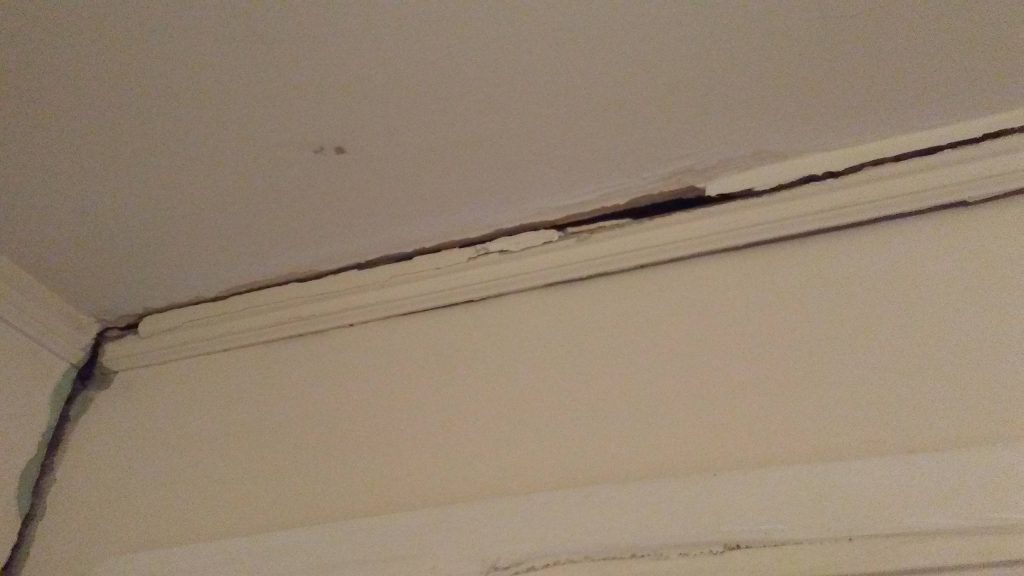A ceiling is not just a structural component; it is a vital part of any building that contributes to its safety, aesthetics, and overall functionality. However, when you notice signs of “Ceiling Falling Apart,” it becomes a matter of concern that demands immediate attention. In this article, we will explore the indicators, causes, and effective solutions for a ceiling that seems to be deteriorating.

Ceiling Falling Apart: Decoding the Warning Signs
Understanding the Red Flags: Is Your Ceiling Trying to Tell You Something?
Before delving into the potential causes and solutions, it’s crucial to recognize the signs that indicate your ceiling might be falling apart. These can include visible cracks, sagging or drooping areas, peeling paint or plaster, and even the presence of water stains. Acknowledging these red flags early on can save you from more extensive and costly repairs in the future.
Ceiling Falling Apart: Investigating the Causes
Water Damage Woes: A Common Culprit
Water damage stands out as one of the primary contributors to a ceiling falling apart. Leaky roofs, burst pipes, or even condensation issues can lead to moisture infiltration, compromising the structural integrity of the ceiling materials. Explore how water damage manifests and its potential impact on the ceiling.
Structural Issues: The Foundation of Ceiling Deterioration
Underlying structural problems within a building can directly affect the ceiling. This includes issues such as inadequate support, poor construction practices, or even natural wear and tear over time. Understanding the structural aspects contributing to a falling apart ceiling is crucial for effective remediation.
Solutions for Restoration and Prevention
Immediate Repairs: Addressing the Visible Damage
When you notice signs of a ceiling falling apart, immediate repairs are necessary to prevent further deterioration. Depending on the extent of the damage, this may involve patching up cracks, reinforcing weakened areas, or replacing damaged materials. Learn about the different repair methods tailored to specific ceiling issues.
Waterproofing Measures: Safeguarding Against Future Damage
To prevent a recurrence of water-related ceiling damage, implementing waterproofing measures is essential. This can include fixing roof leaks, improving drainage systems, and ensuring proper ventilation to minimize the risk of condensation. Waterproofing not only addresses existing issues but also acts as a proactive measure to protect the ceiling in the long run.
Read too: Understanding and Tackling Ceiling Condensation Stains: Unveiling the Mystery
Ceiling Falling Apart: Consulting Professionals for Comprehensive Solutions
Seeking Professional Assessment: Why It Matters
In cases where the signs of a falling apart ceiling are severe or widespread, seeking professional assessment is imperative. Professionals, such as structural engineers or ceiling repair specialists, can conduct a thorough inspection to identify the root causes and recommend comprehensive solutions. Explore the benefits of consulting experts to ensure a proper diagnosis and effective remediation.
Conclusion: Safeguarding Your Space from a Falling Apart Ceiling
In conclusion, a ceiling falling apart is a concern that should not be taken lightly. Recognizing the warning signs, understanding the causes, and implementing timely and effective solutions are crucial steps in safeguarding the structural integrity and safety of your space.
Whether through immediate repairs, waterproofing measures, or professional assessments, addressing a falling apart ceiling requires a proactive and informed approach. By taking the necessary steps, you not only restore the aesthetics of your space but also contribute to the longevity and resilience of your building’s structure.
Remember, when it comes to a ceiling falling apart, swift action and thoughtful solutions are key to maintaining a secure and visually pleasing environment.






